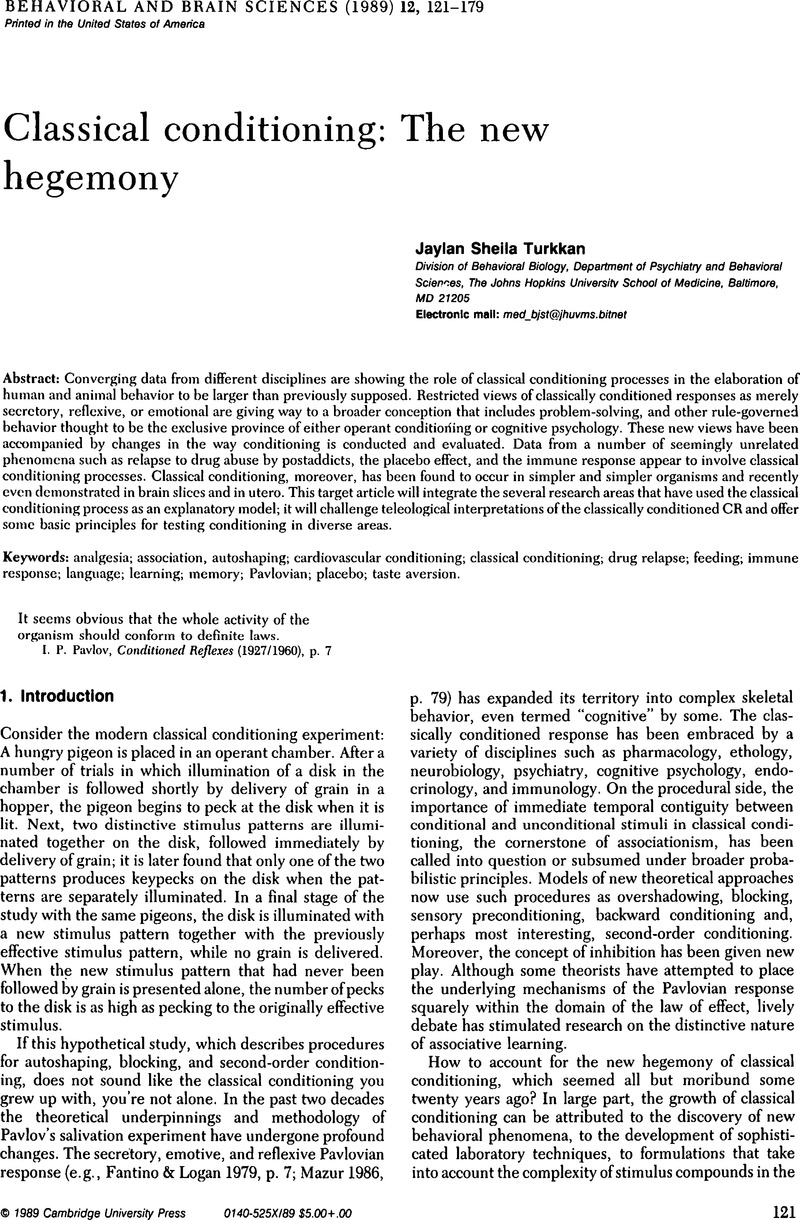Crossref Citations
This article has been cited by the following publications. This list is generated based on data provided by Crossref.
MacQueen, Glenda M.
Siegel, Shepard
and
Landry, Joanne O.
1990.
Acquisition and extinction of conditional immunoenhancement following training with cyclophosphamide.
Psychobiology,
Vol. 18,
Issue. 3,
p.
287.



